Raise your hand if this sounds like you: You want to travel with your kids. You want them to learn about the world and appreciate the differences in places and cultures. But you also can’t travel abroad right now, whether that’s because of the pandemic or more ordinary reasons, like budgets and school schedules. That’s why I put together this post on teaching your children to become world travelers—from home!—through virtual travel for kids.
I’m pretty sure you already know the many benefits of raising global citizens: Kids who are globally minded have the communication skills, flexibility and appreciation of diversity they’ll require when they grow up.
Practicing these skills through fun activities will also lead to smoother trips once you can travel internationally again. The activities are also an excellent add-on for distance learning or homeschooling. You can incorporate them into other lessons or create a unit on global travel!
Finally, these virtual travel activities are just plain fun. If quarantine has used up all your ideas to entertain the kids, this post will give you some fresh activities to try!
And if you haven’t already, go ahead and download the free sample chapters of my book, Virtual Travel Activities for Kids. These chapters will give you a taste of what to expect in the book as well as fun activities you can use to virtually explore any country in the world.
This post contains affiliate links. Clicking through and buying nets me a small income at no extra cost to you. This helps me continue to bring you free family travel content here on the blog.
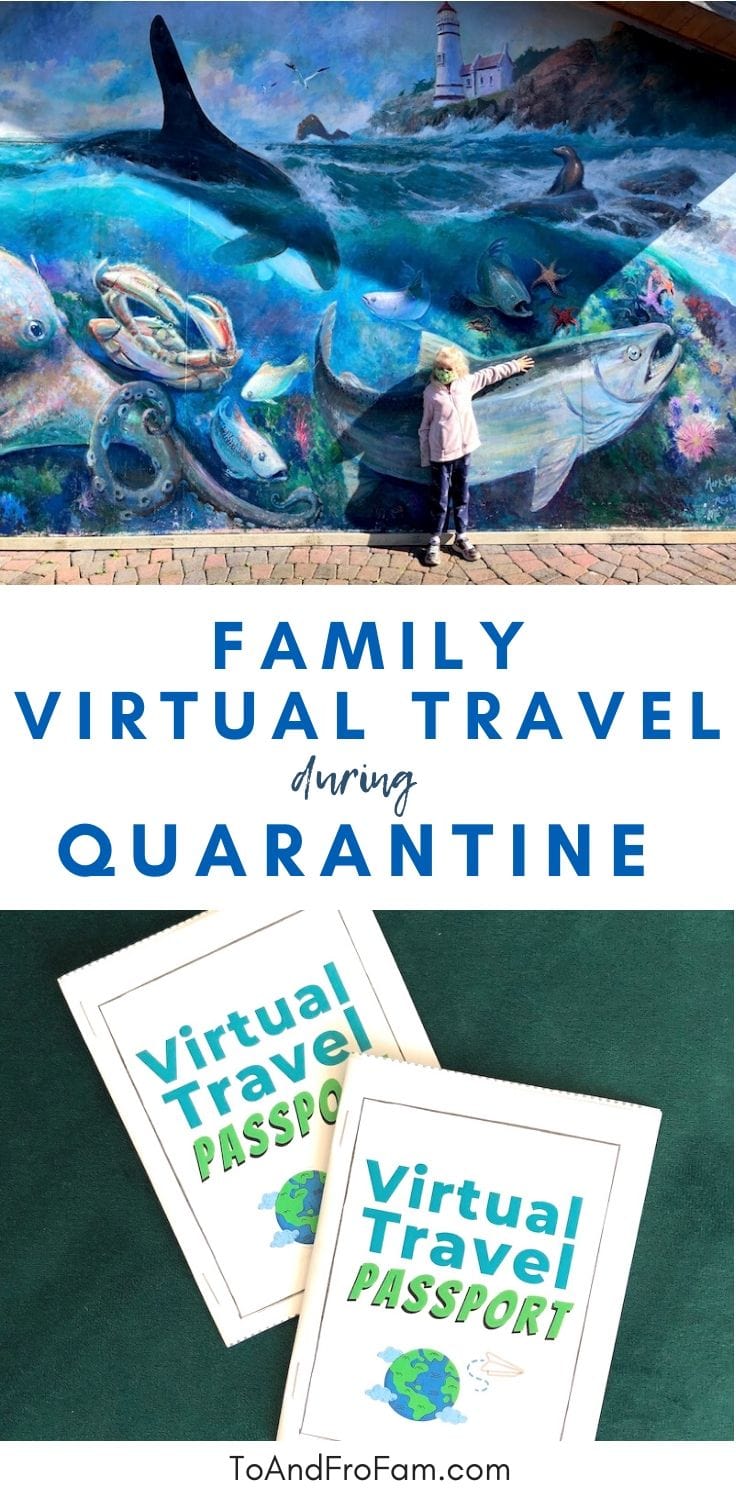 Go global at dinner
Go global at dinner
If your family is like mine, then dino nuggets and mac n cheese probably make a frequent appearance on your table. No matter how picky your kids are, introduce global flavors.
If your littles are used to the typical kid fare, they’re unlikely to dive into a delicious curry dish right off the bat. Instead, start with tastes of side dishes or different takes on foods they already like.
To be transparent, my kids still don’t eat much of what I do. But the simple exposure to the Moroccan lentil soup and huevos rancheros that I eat makes them more likely to try those tastes later on.
As you eat your delicious meal, talk a bit about the culture and geography where the dish originates. Does it include ingredients unique to that country or region? Is it a typical food or a special occasion dish? These conversations will help your kids learn about other cultures and also practice eating unfamiliar foods—which they’ll need to do when traveling internationally.
(Do you have picky eaters in your family, too? If you do, then I know you’ll get a lot out of my post on traveling with picky kiddos.)
Print a passport
I love using passports as a conversation starter with kids because they help make international travel feel more concrete. Young children don’t have an easy way to understand abstract concepts like borders or global politics. But give them something to hold—especially something with awesome stamps—and they get it.
You can even download my passport printable in the To & Fro Fam freebies section. That way, each of your kids can have their very own pretend passport.
Every time you virtually visit a country (e.g. with the hundreds of activities in my book, Virtual Travel Activities for Kids), draw a picture of something that represents the place. You can also print a picture of the country’s flag or design your own “stamp” using colors, symbols and destinations related to the country.
Your kids will have fun “collecting” countries!
Travel via your library
Especially during times when you’re not able to travel—whether that’s from budget limitations or a worldwide pandemic—books can open the world to kids.
If your family is interested in a particular place, search for books set in or about that country. We also love books about the nuts and bolts of travel (e.g. The Airport Book) and about many places and cultures (like Walk This World).
“Books are the plane, and the train, and the road. They are the destination, and the journey.” -Anna Quindlen
Many libraries will collect books you request for pickup, even if they’re not open for browsing. And read aloud videos on YouTube share books your family will love.
If you’re not sure where to start—or you want fresh ideas on what to read—find inspiration in my post on our favorite children’s books about travel.
Be a tourist in your hometown
I’m pretty sure you’ll agree that it’s easy to overlook the place where you live. But traveling around your town like a tourist can be a wonderful travel experience—and teach your kids some of the skills they need to become world travelers!
Start by researching, just as you would before an international trip. What kinds of things do visitors most enjoy about your town? What are the must-do activities? What have you always meant to do but never gotten around to?
Next, plan a day’s itinerary. This helps your kids practice planning and also understand that they can’t do absolutely everything. That helps them prioritize—an important skill when there are more things to do than time allows!
Then set out for your staycation trip. Really try to soak it in like a tourist who might not get another chance to visit.
For extra fun, buy post cards and send them to friends about your “vacation.” You can also take pictures and make a trip photo book, or do some of the other no-pressure vacation memory projects I recently wrote about.
A trip throughout your hometown may not feel nearly as exciting as an overseas vacation, but it will help teach your kids to be world travelers.
Bring out the atlas, globe and Google Earth
I have vivid memories of playing with my family’s globe when I was a little kid. We’d spin the globe, close our eyes, and stop the turn with a finger. Wherever the finger pointed, we’d pretend to go there.
Exploring the world from home—via an atlas or globe—is a terrific way for your family to do virtual travel.
Check out another country’s terrain, roads and cities in an atlas. Compare distances by measuring with a string between various countries on a globe. Zoom in and out of a location with Google Earth.
To develop their critical thinking skills, compare how each of these represents one country. Why are they visualized differently? What information does each convey? When would you use each?
Let your kids navigate
When we hike, we often pause at a fork in the trail. “Which way should we go?” I’ll ask my kids. Letting them pick signals we don’t always have a defined itinerary and helps them look at travel as an adventure.
You can do the same when exploring a city. Let your kids take point and see where they lead you!
After all, when your kids are world travelers, they’ll be in situations where you’re lost or don’t know which way to turn. They’ll need to be ok with uncertainty and with just taking a leap—or at least a step—into the unknown.
Find friends abroad
When I was little, I loved writing letters to pen pals. By the time I reached middle school, I corresponded with friends in Indonesia, Singapore, New Zealand and Costa Rica.
Your kids can make friends across the world, too. They can go old-school and send letters or post cards. But technology makes finding global friends even easier! They can chat over WhatsApp or Marco Polo, email, or chat on a messenger app (with an adult’s supervision).
(I really like the book Same, Same but Different. It tells a story of two kids getting to know each other via letters. This children’s book is a terrific way to introduce the concept of pen pals to your littles.)
If your kids are interested, you can ask your friends or social media followers to connect you with another child. Or you can sign up with Interpals, where people go to connect and practice their language skills.
Learn about friends’ backgrounds
Most people have family roots from another place in the world. Some have long histories in the country where you live; others are recent immigrants.
Either way, encourage your kiddos to ask adult friends about their cultural heritage. Your kids will learn about other countries and how interconnected our world is.
Practice the language
The neuroplasticity of kids’ brains means that it’s way easier for them to learn a language than it is for you and me. That means now is the best time to practice another language!
For example, Max and Edie learn Mandarin in school, and Hubs and I have tried to learn alongside them. So when I ask Maxine how many pancakes she wants, I encourage her to answer in Mandarin. The everyday use helps us all practice—which will come in handy once we’re able to reschedule our trip to China and Taiwan.
Even if you don’t have any upcoming trips—or the budget to fly halfway across the world—learning a bit of another language helps your kids grow into global citizens.
And if you do travel abroad, the practice will pay off: It’ll help them orient a little better when they’re immersed in another culture.
Embrace different
I have a real sensitivity around my kids saying “yuck” about food; I have very strong feelings that belittling someone’s food can equal belittling their cultural heritage. So serve your kids food they might not like, and practice alternatives to “yuck.” In our house, I remind them to say, “I don’t care for that.”
That might seem like an insignificant switch, but it’s one step to teaching kids that different doesn’t equal bad.
Children need to learn cultural intelligence to thrive in the 21st century. Cultural intelligence allows us to interact, learn from and appreciate people with different cultural backgrounds.
So any time you hear them (or yourself!) saying that something is “weird” about another place, check yourselves. Come up with a different way to talk about it. Try:
- “I had never thought of doing it that way before.”
- “I wonder why we do this differently.”
- “That’s neat! I wonder if people in other places have even more ways of doing this.”
This one is my favorite:
- “Isn’t it cool that there are so many ways to do things! The world would be a pretty boring place if we were all the same.”
Teach them about their roots
No need to go in-depth with your 23 And Me results (unless your kids are a little older), but you can talk to your kids about where your family comes from. It’ll all be abstract to littles, but understanding that just about everyone comes from somewhere else will expand their idea of the world.
Once you’ve IDed where your ancestors come from, explore those places virtually. You might know the city, town or region where your ancestors came from—if so, check it out through Google maps, videos on YouTube or the websites of cultural attractions there.
Even if you know only the country, learn about what it’s like there today and what it was like during the time when your ancestors left.

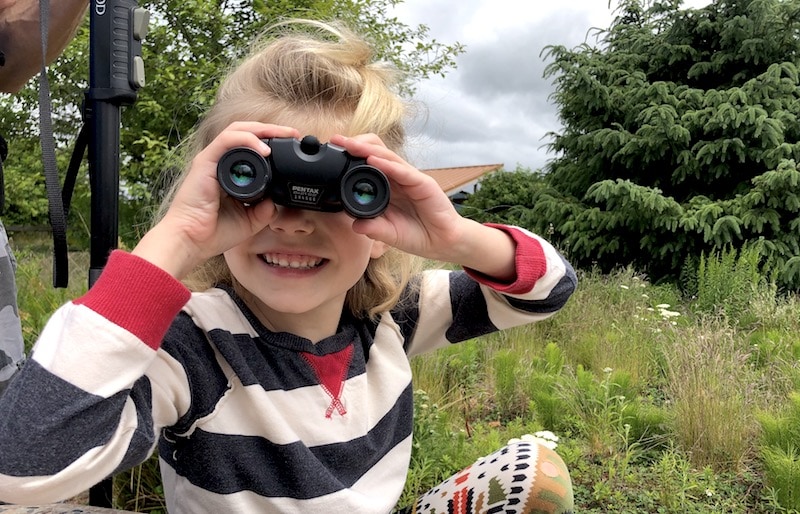
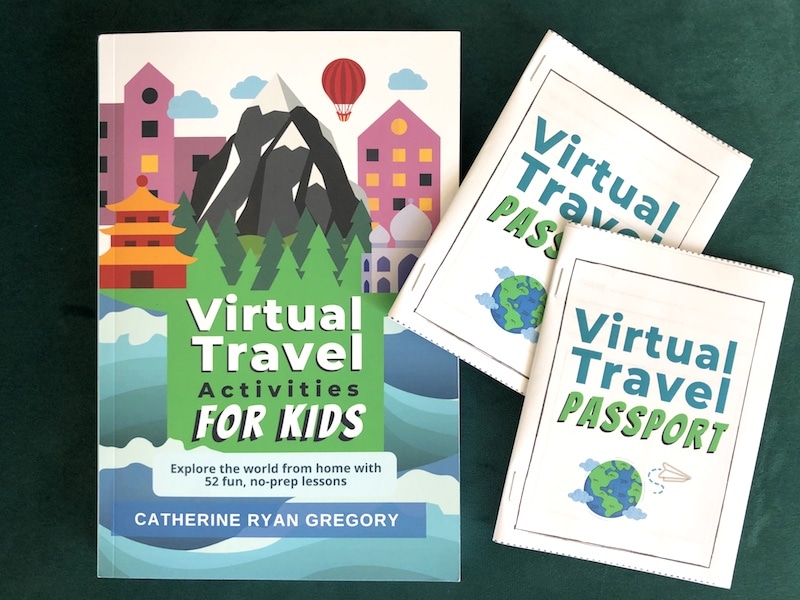

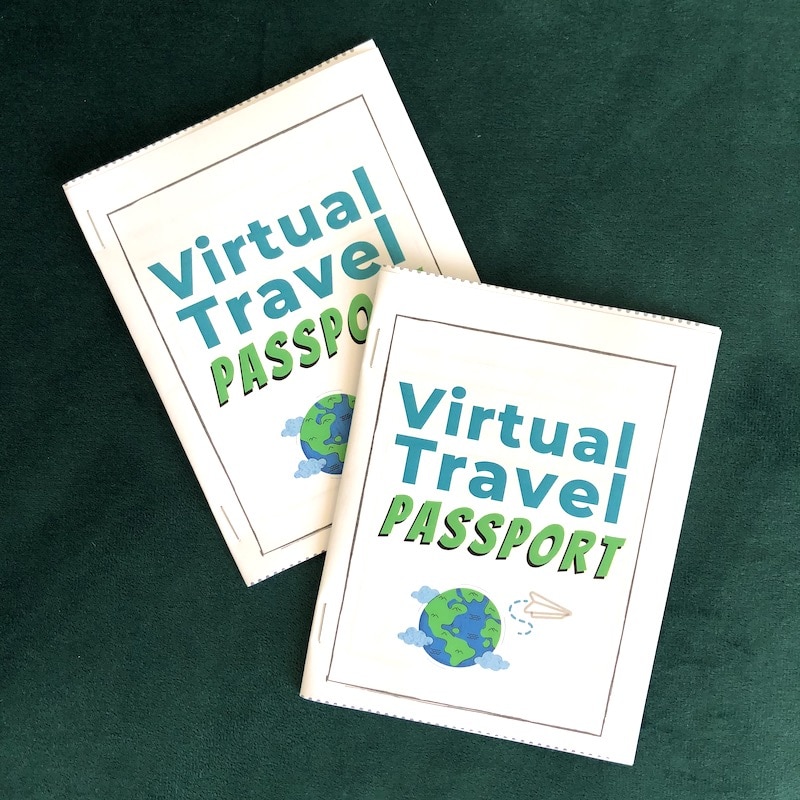
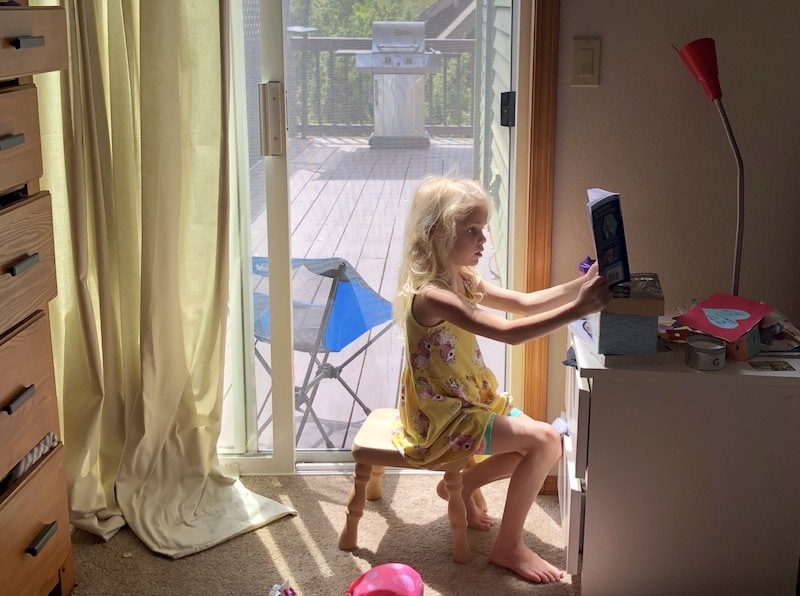
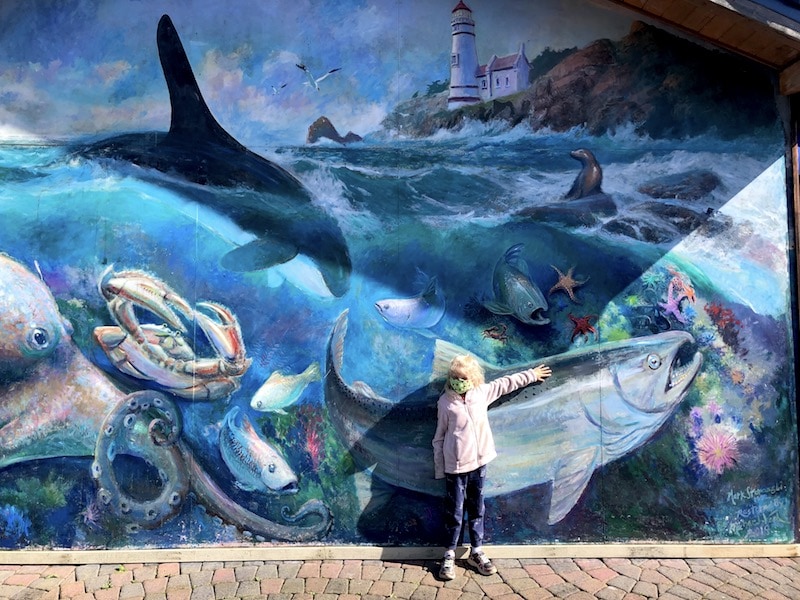
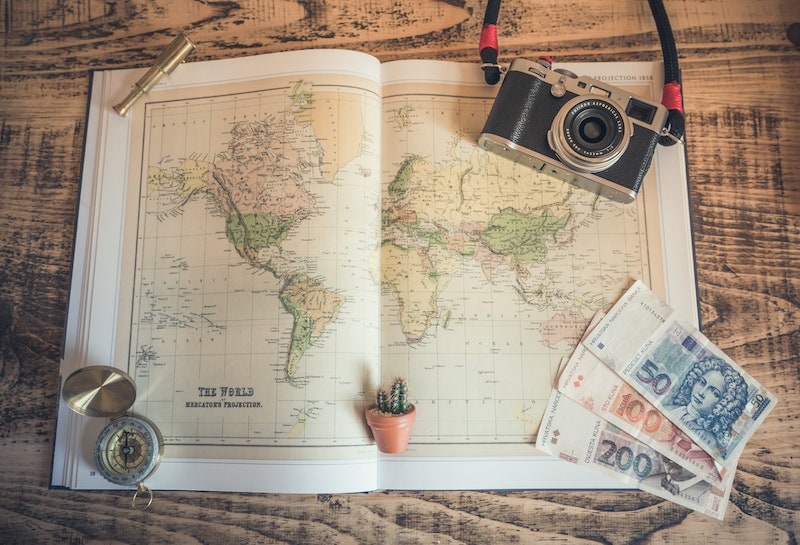



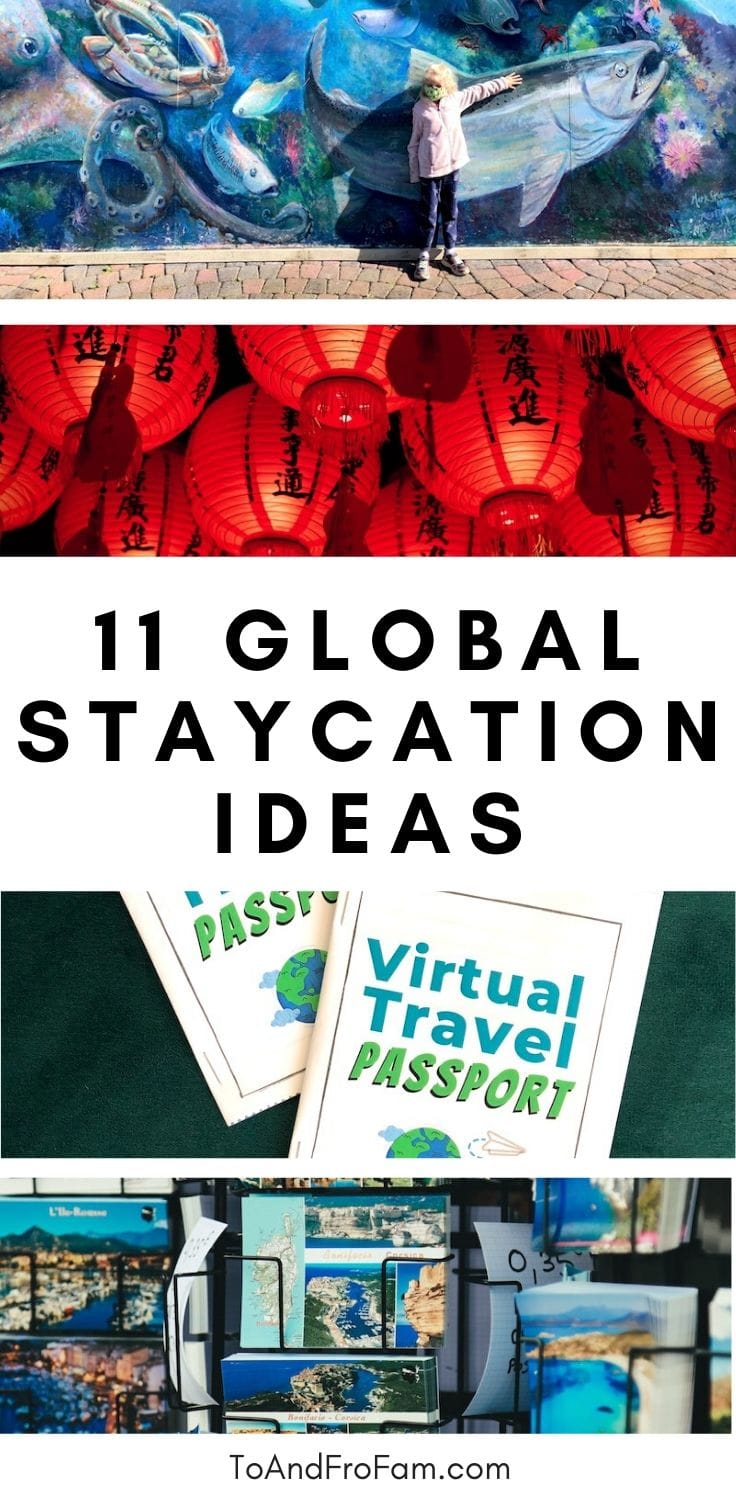


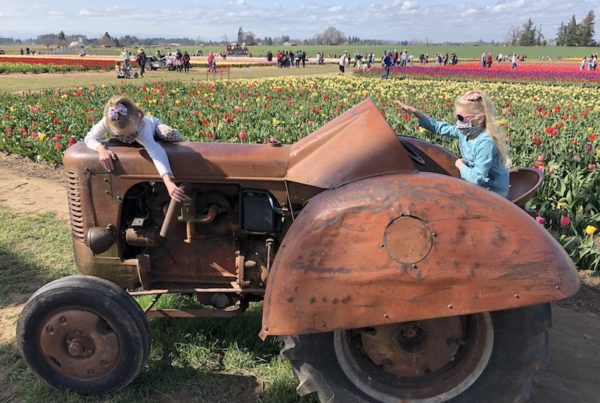

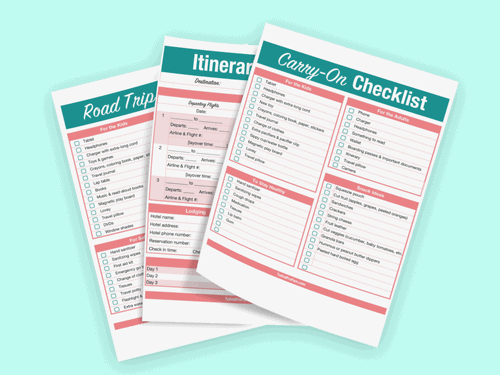

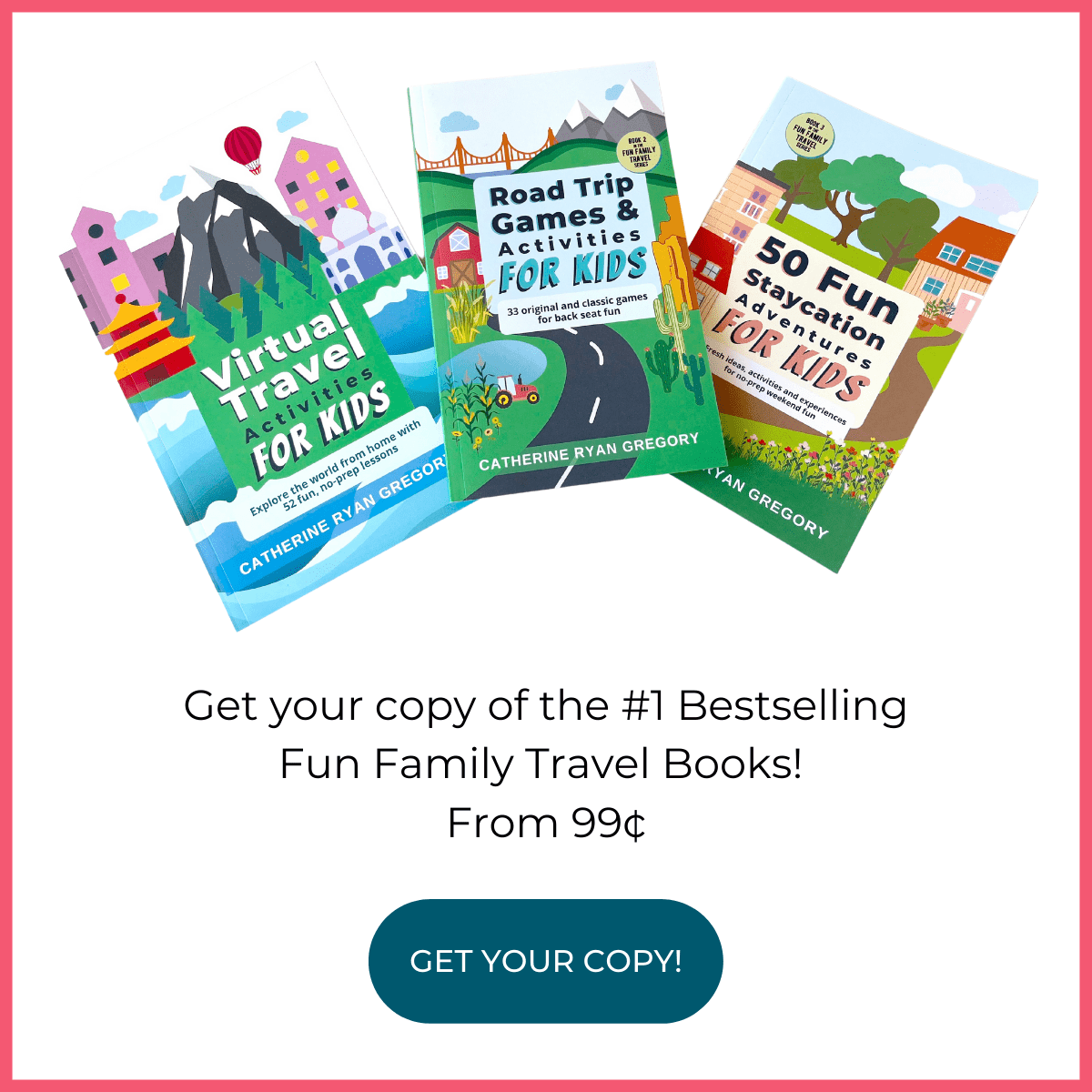
Such a great post! These are some really great ideas to introduce kids to the world at a young age. I wish my parents would have done some of this – especially making food from around the world – maybe I wouldn’t be so picky now if they had!
Hahaha! I make food from around the world just about every night and my kids are still picky, so…. 😉